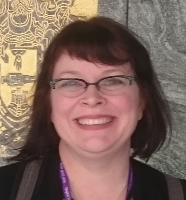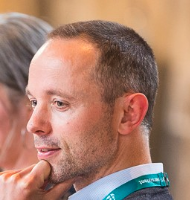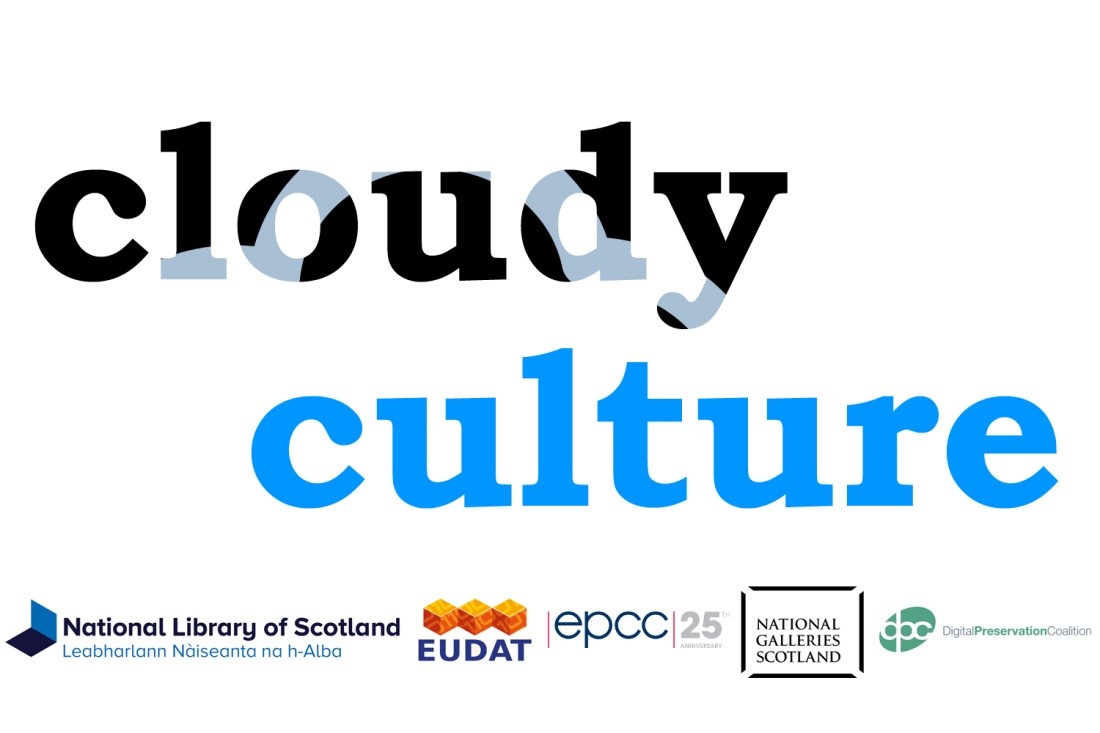DPC
Creating the disruptive digital archive
Over the last few months we have been working to develop a new Digital Strategy for The National Archives. We wanted to share what we’ve been doing with the digital preservation community. In part that’s because we hope it will be interesting and also because we really value others comments, insights and ideas. Working on the strategy has provided a valuable chance to reflect on where we are as a digital archive and to chart our next steps.
Our business strategy, Archives Inspire says that ‘digital’ is our biggest strategic challenge. The National Archives is not alone: archives worldwide are grappling with the issues of preserving digital records. We also need to be relevant to our audiences: public, government, academic researchers and the wider archives sector – to provide value to them at a time of change.
International Digital Curation Conference 2017 Edinburgh
As was to be expected, technology was a common theme running through many of the sessions at this year’s digital curation conference. As a LAM devotee and PhD student, I spend much of my time immersed in theories and policies, so this exposure to the newest tools is very useful. As I steer my attention toward my own research on digital objects in cultural heritage settings, IIIF is emerging as a potential tool. Pronounced “triple I-F”, the tool was highlighted brilliantly in Neal Stewart’s demonstration of LSE’s Charles Booth’s London. A mashup of GIS, archival objects, and digital witchery, this magic wand allows the user to explore Victorian London via Charles Booth’s Poverty maps and police notebooks combined with GIS to align maps of current London with the historical one.
Digital Preservation News 045
Roughly weekly/monthly news and opinions from the Digital Preservation Coalition’s Head of Research and Practice, Paul Wheatley. Opinions are the opinions of Paul and those featured. Not the DPC. They’re just opinions, ok? Just because the blog has moved to the official DPC website does not mean this isn't just a load of opinions. Back issues are here.
DPC Webinar - 'HSBC Global Digital Archive System (GDA)' with James Mortlock, HSBC
Members please login to watch the webinar recording
HSBC’s 2016 Digital Preservation Award winning Global Digital Archive system was launched in January 2015, combining a synchronised Preservica digital repository with discrete Calm archival management catalogues covering Asia, Europe and North America.
This holistic approach to collections management and digital preservation merges ingest and preservation workflows with strong search capabilities, enabling the archivists to curate physical assets, digital copies and born‐digital records on a global basis, whilst also navigating numerous information security risks posed in a commercially sensitive and highly regulated environment. In this webinar James Mortlock talks us through the successful project which demonstrates to ‘big business’ that preservation technology is a truly specialist requirement – separate to traditional document management.
OA > data > code : a conversation
This blog post is derived from a series of emails between Jez Cope, Research Data Manager at the University of Sheffield, and Martin Donnelly of the Digital Curation Centre (DCC), University of Edinburgh, in early January 2017.
MD – From Open Access (OA) publications to research data management (RDM), over the past decade or so scholars and researchers – as well as the people who support them, such as librarians and IT professionals – have had to get used to constantly increasing responsibilities and expectations to prepare their outputs for long-term preservation. The next thing on the horizon is software, with open workflows and methodologies close behind. How does software preservation differ from its predecessors in this chain?
JC – I think there are some very high expectations to live up to, based on the success of OA and RDM. OA is seen by a lot of people as an overnight success, but like most overnight successes it’s been over a decade in the making. We’re already dealing with expectations that RDM can be solved quickly now that OA has been ‘solved’ (which in reality it hasn’t), and I think that problem will only be greater with software.
Why digital preservation is or isn’t business as usual
There seems to be a lot of chatter around at the moment, and has been for some time, about how digital preservation should be ‘business as usual’. I like the idea; preservation becoming a core part of business activity. What we do every day. The only thing is I think this approach is wrong.
As realities erode: 3d4ever?
My eroding realities
Alternative facts are the cliché du jour but let me pitch a problem that is categorically larger: alternative realities. Not just alternative, but alternative and obsolete realities. I spoke about this at a DPC briefing day at the end of 2016 – which already seems a life time ago. It was a surprisingly hard programme to assemble because there is precious little evidence that those involved in producing 3d data sets for the cultural heritage sector have any capacity – and in many cases no evident concern – to ensure the accessibility of their virtual realities outside of tightly constrained and poorly documented delivery mechanisms. Therefore, in relatively short order and despite much rhetoric to the contrary, interactions degrade, effort is wasted and new kinds of cultural disenfranchisement are engineered. 3d data faces – it already has – an endemic crisis of obsolescence, resource discovery and corporate abandonment.
This blog is a cry for help. I want to be wrong. I want to be corrected and contradicted on the assumption that there must be a better story. Some clever and generous person is going to collate and deploy the evidence to show how the 3d data community has a concern and the capacity to ensure a longer-term viability to their virtual realities. They will gently take the megaphone off me and reassure me that the tremendous opportunities associated with 3d data are being met with a commensurate capability to preserve them.
Digital Preservation News 044
Roughly weekly/monthly news and opinions from the Digital Preservation Coalition’s Head of Research and Practice, Paul Wheatley. Opinions are the opinions of Paul and those featured. Not the DPC. They’re just opinions, ok? Just because the blog has moved to the official DPC website does not mean this isn't just a load of opinions. Back issues are here.
DPC Webinar - 'Preservation Practices of New Media Artists' with Colin Post, UNC
Members please login to watch the webinar recording
New media art constitutes a significant vein of contemporary artistic production, with many artists creating culturally significant artworks that critically investigate the meanings and uses of technology in the contemporary moment. Yet countless such works have been lost from the cultural record, with even more rapidly becoming inaccessible.
While there exists a growing body of literature devoted to the preservation of new media artworks in institutional collections, a great many such artworks remain uncollected, and thus without the benefit of the resources and preservation know-how afforded to artworks within major collections.
In this webinar, Colin Post from the University of North Carolina, addresses this lack of research by posing the following questions: How do new media artists conceive of the preservation of their artworks? Do preservation concerns arise in the process of creation? How do preservation challenges manifest in the ongoing maintenance of an artwork?
Cloudy Culture: Preserving digital culture in the cloud
Part 2: Uploading
The National Library of Scotland, Edinburgh Parallel Computing Centre, National Galleries of Scotland and the Digital Preservation Coalition are working together on a project called Cloudy Culture to explore the potential of cloud services to help preserve digital culture. This is one of a number of pilots under the larger EUDAT project, funded through Horizon2020.
We’ve already published a friendly introduction to Cloudy Culture and our second report focuses on uploading data. It will describe in detail how the National Library of Scotland is transferring data into a cloud service provided by Edinburgh Parallel Computing Centre using iRODS data management software (https://irods.org). The use of a web API uploader is also provided by EPCC and compared with iRODS. We want to know how easily, quickly and reliably we can transfer cultural data into the cloud. Is there anything that would dissuade us from using the cloud as a way to help us preserve access to the digital culture the Library is responsible for safeguarding? Can other organisations apply what we’ve learned to the content they’re responsible for?






































































































































